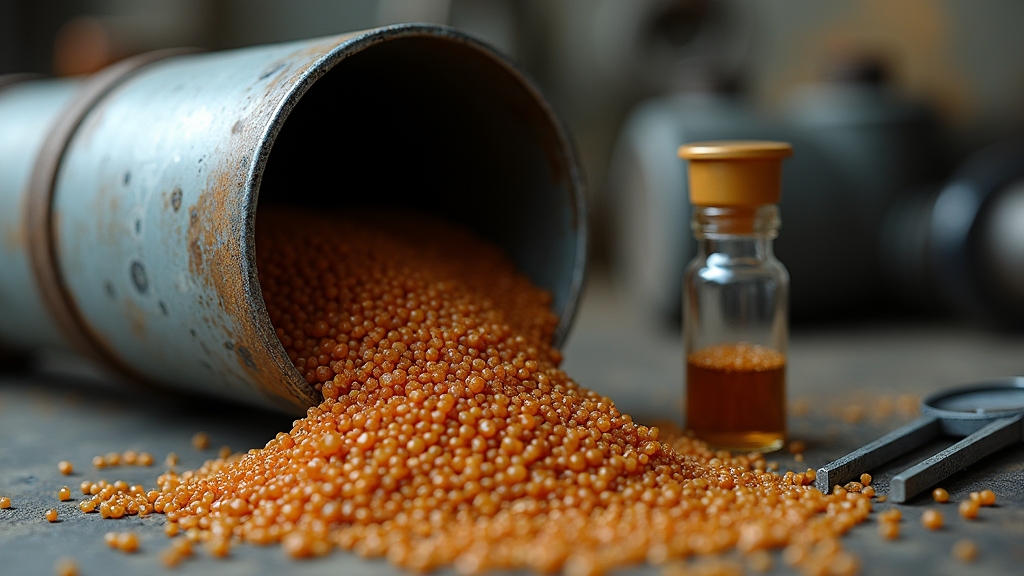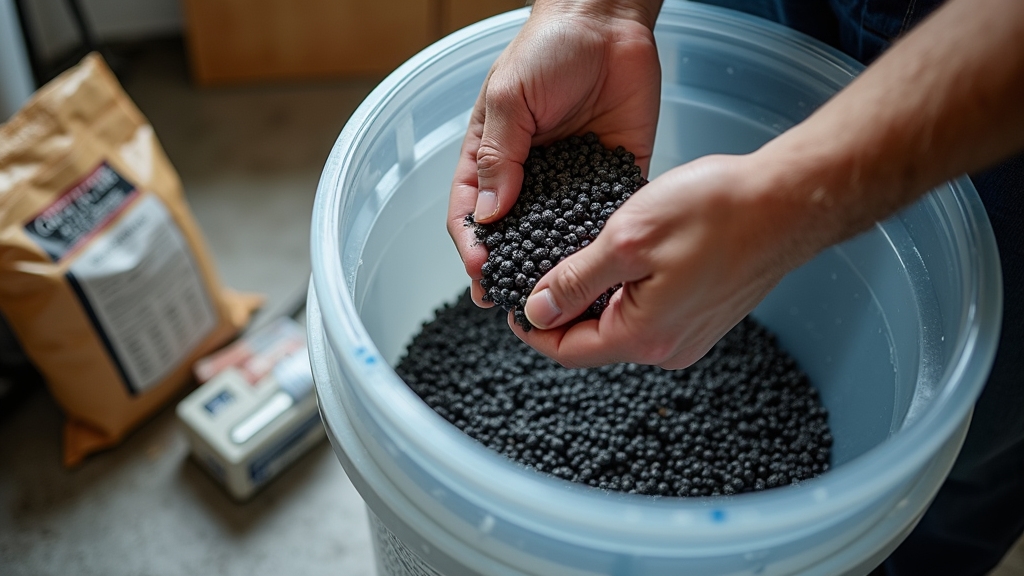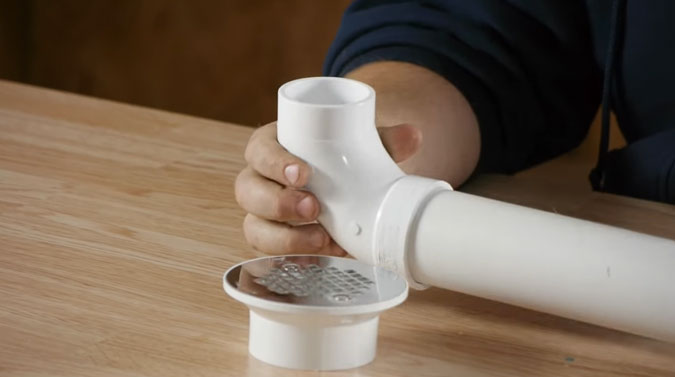You can expect your water softener resin to last around 10 to 15 years, though this varies based on water quality and maintenance habits. High chlorine, iron levels, or frequent regeneration can shorten resin life, sometimes to as little as 7 years.
Regular cleaning and proper salt management extend performance and prevent resin damage. Watching for signs like scaling or discoloration helps you act early. Understanding these factors guarantees efficient softening and guides when replacement becomes necessary.
Key Takeaways
- Water softener resin typically lasts 10 to 15 years under normal water quality and usage conditions.
- Resin lifespan shortens to 7-9 years or less with poor water quality or frequent regeneration.
- Exposure to chlorine, chloramines, iron, and high temperatures accelerates resin degradation.
- Lower quality or domestic-grade resin may only last 1 to 5 years before replacement is needed.
- Proper maintenance, including regular cleaning and salt management, helps extend resin life significantly.
Typical Lifespan of Water Softener Resin

Although water softener resin is designed to last, its typical lifespan ranges from 10 to 15 years under standard conditions. These lifespans can be influenced by factors such as usage patterns and water quality, similar to how appliance performance depends on capacity and size considerations.
Water softener resin generally lasts 10 to 15 years under normal use and conditions. You should expect some resins to last as few as 7 to 9 years depending on water quality and regeneration frequency.
Lower quality or domestic-grade resin might only endure 1 to 5 years, especially with heavy use or poor water conditions. Resin deterioration aligns closely with the overall water softener lifespan, which is about 10 years.
The presence of chlorine and chloramines in water can significantly shorten resin life by damaging the beads, so using pre-filters is recommended to protect the resin from chlorine damage.
When resin breaks down, ion-exchange efficiency drops, reducing water softening performance. Proper replacement of resin can extend your system’s effective life without a full replacement.
Monitoring resin condition helps you plan timely maintenance, ensuring ideal water quality and system reliability over time.
Factors Influencing Resin Durability
When evaluating water softener resin durability, you need to take into account several key factors that directly impact its lifespan and performance.
Resin crosslinking percentage, typically 8% or 10%, determines bead strength and oxidative resistance. Higher crosslinking improves durability, especially against chlorine exposure.
Water quality critically affects resin longevity. Chlorine and chlorine dioxide drastically reduce resin life, while high iron, suspended solids, and hardness minerals accelerate wear and fouling.
The resin’s porous structure is vulnerable to degradation from chlorine and chloramines, which can cause swelling and breakdown. Regular maintenance procedures are essential to mitigate damage from these substances.
System sizing and usage patterns matter. Undersized systems or heavy water demand increase regeneration frequency, causing faster resin exhaustion.
Proper maintenance, including regular regeneration with correct salt dosage and periodic cleaning, preserves ion-exchange capacity and prevents fouling.
Finally, elevated water temperatures speed oxidative degradation, so cooler conditions help maintain resin integrity longer.
Identifying Signs of Resin Wear and Failure
Since resin wear directly impacts water softener efficiency, recognizing early signs of resin degradation is crucial for timely maintenance or replacement.
You’ll notice hard water symptoms returning, such as water spots, mineral scaling on fixtures, stiff laundry, and dry skin.
Visually, yellowish or reddish deposits, discolored water, or sediment indicate resin breakdown. It is important to ensure that resin discharge does not violate local water disposal regulations.
Yellowish or reddish deposits, discolored water, and sediment are clear signs of resin breakdown. Physically, resin beads escaping into plumbing or appliances, lower water pressure, and unusual operational sounds suggest internal damage.
System performance changes include irregular regeneration cycles, stagnant salt levels, and persistent soap scum despite salt use. Additionally, metallic or salty water taste, sulfur odors, and broken or discolored resin beads highlight resin bed degradation.
If your system is over 10–15 years old and shows these symptoms, it’s time to consider resin replacement to restore water softening efficiency. Resin that feels slick, crumbles easily, or swells up is a clear indication of bad resin.
Maintenance Tips to Prolong Resin Life
To maximize your water softener resin’s lifespan, you need to implement a consistent maintenance routine focused on cleaning, salt management, and monitoring water quality.
Clean the resin every 3–4 months using a dedicated resin cleaner to remove mineral buildup and maintain bead effectiveness. Resin cleaner refreshes resin beads, maintaining ion exchange efficiency and ensuring optimal softening performance.
Using self-regulating technology in your water softener system can help maintain consistent temperatures that protect resin integrity.
Manage the brine tank by keeping salt levels ideal, preventing salt bridges, and cleaning it periodically with soap and water.
Monitor water hardness and chlorine levels regularly; install carbon pre-filters if chlorine exceeds 1 ppm to protect resin from damage. For iron-rich water, use iron-specific cleaners and consider pre-filtration to reduce fouling.
Adjust system regeneration based on actual water use and hardness to avoid resin stress. Finally, follow manufacturer guidelines and schedule professional inspections to ensure peak resin performance and longevity.
When and How to Replace Water Softener Resin?
Maintaining your water softener resin properly extends its life, but eventually, replacement becomes necessary to restore ideal performance. Proper care prolongs water softener resin life, but replacement ensures optimal performance when needed.
You should replace resin when you notice discoloration, decreased softening efficiency, increased salt usage, or persistent off-tastes in your water. Typically, resin lasts 10 to 15 years but varies with water quality and usage.
Proper maintenance and timely replacement help prevent damage to plumbing systems caused by degraded resin performance. To replace the resin:
Shut off the water supply and bypass the softener. Remove the tank lid and extract the old resin beads. Rinse the tank thoroughly before refilling with new resin tailored to your water type.
Sodium in the rinse cycle recharges the resin for continuous operation, so ensuring proper regeneration is crucial. Reassemble components, restore water flow, and run a regeneration cycle to activate the new resin.
Replacing resin is cost-effective and essential for maintaining peak water quality and appliance lifespan.
Best Practices for Maintaining Softener Efficiency
Although water softeners are designed for durability, their efficiency depends heavily on regular upkeep. You should monitor salt levels daily, use high-purity salt pellets, and prevent salt bridging to ensure ideal brine draw.
Scheduling routine maintenance and keeping detailed logs can help track system performance and anticipate needed repairs, improving longevity and reliability through system monitoring. Inspect resin beads weekly for fouling and verify regeneration cycles occur as scheduled.
Annual maintenance includes cleaning the brine tank and using resin cleaners to extend resin life. Understanding the reliability factors of your system can help avoid unexpected failures.
| Maintenance Task | Key Action |
|---|---|
| Salt Management | Daily level checks; avoid salt bridges |
| Resin & System Inspection | Weekly bead check; verify cycles |
| Annual Maintenance | Clean brine tank; use resin cleaners |
Regular water hardness tests help adjust salt dosage, maintaining softener efficiency over time.
Frequently Asked Questions
Can Resin Be Recycled or Safely Disposed of After Replacement?
Yes, you can safely dispose of or recycle water softener resin, but options are limited.
Before disposal, you should drain chemicals and separate resin from other components.
Recycling is rare due to few processing facilities, so landfilling or incineration under local regulations is common.
To minimize environmental risks, you must decontaminate resin to reduce residual chemicals.
Always check with local waste authorities to follow proper hazardous waste protocols for safe handling and disposal.
Are There Different Resin Types for Well Water Versus City Water?
Yes, you’ll find different resin types for well water versus city water.
For well water, you need specialized iron-removal resins with 10% cross-linking to withstand higher iron, sediment, and contaminants.
City water usually uses standard cation exchange resin with 8% cross-linking, optimized for lower contaminant levels.
Choosing the right resin guarantees better performance and lifespan, especially since well water resins require more robust protection and maintenance.
How Does Water Temperature Affect Resin Performance and Lifespan?
You might think icy water would make resin perform like a sluggish snail, and you’d be right. It slows ion exchange by up to 40%.
Hot water, meanwhile, speeds things up but also hastens resin breakdown due to oxidation and hydrolysis.
So, cold water reduces efficiency without breaking resin physically, while heat boosts performance but shortens lifespan.
Managing temperature extremes helps keep your resin working most effectively longer.
Can Resin Damage Plumbing or Appliances if It Breaks Down?
Yes, resin breakdown can damage your plumbing and appliances.
When resin beads degrade, they may escape into pipes, causing blockages and reduced water pressure.
This physical obstruction stresses plumbing joints and filters, potentially requiring professional cleaning.
In appliances, degraded resin leads to harder water, increasing scale buildup and wear on components like valves.
Regular maintenance and timely resin replacement help prevent these issues and protect your home’s water system effectively.
Protect Your Plumbing by Staying Proactive With Resin Care
You might’ve heard water softener resin lasts forever, but that’s a myth. Typically, resin lasts 10-15 years, yet factors like water quality and maintenance heavily impact its lifespan.
By recognizing wear signs early and following proper upkeep, you can extend its efficiency. When performance dips, timely replacement is essential to avoid hard water issues.
Staying proactive ensures your system runs smoothly and protects your plumbing investment.


